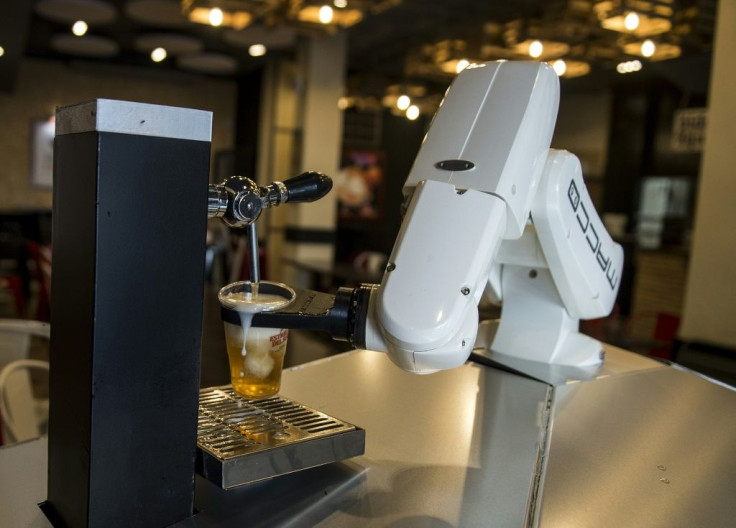Business Under COVID-19: Robots May Be Used To Jumpstart Different Economies
KEY POINTS
- MIT and Ava Robotics have announced a partnership to create robots used for disinfection
- Robot sanitizers can cover larger areas in shorter times, the experiment revealed
- Robots are also being looked at by companies to replace workers in the face of COVID-19
Companies are trying out new ways to keep the workplace safe from COVID-19. In the face of this danger, they may try out the prototype CSAIL robot – the one that researchers at Massachusetts Institute of Technology and Ava Robotics have been working on – to provide a safe and sanitary solution.
According to MIT News, the partnership between MIT's Computer Science and Artificial Intelligence Laboratory (CSAIL) and the robotics company aims to create a robot that can clean and disinfect 4,000 square-foot spaces within 30 minutes. This is being looked at as the future of sanitation, where huge spaces can be sanitized quickly based on CDC standards.
Industries in the shopping, retail, food and residential sectors are looking at this technology to provide solutions involving workplace sanitation. The researchers used UV-C light, used to disinfect hospitals, and the robotics company's prototype model to test out a possible disinfectant solution. The result yielded 90% of coronavirus particles killed quicker because of the robot. There is a huge possibility that more particles could be killed and a larger area covered if the dosage is increased, the report added.
Forbes also reported that businesses are looking at using robotics to help businesses speed up their return. Most companies are also trying to solve the looming problem of unemployment; getting robots in place of people will help companies return to business quicker, but will contribute to the potential increase in unemployment.
Robots are more effective as tools to speed up the return of halted processes in companies before the pandemic. With more companies turning to digital solutions, robots are becoming better substitutes for human workers. Using robots in businesses will also help keep human-to-human interaction in the workplace to a minimum, and they can be more efficient workers than people.
The first rollout of the trial robot took just over four weeks, and this early, they are being prepped for use in spaces like schools, dorms, grocery stores and even airplanes. The next step that the partnership is looking at is to find the optimal dosage to use for different environments as well as having a working robot force to clean larger spaces.

© Copyright IBTimes 2024. All rights reserved.





















